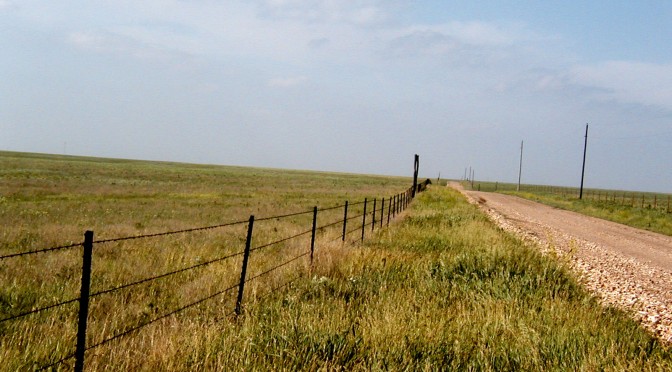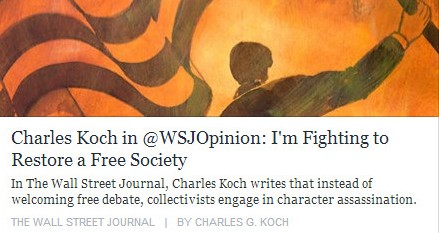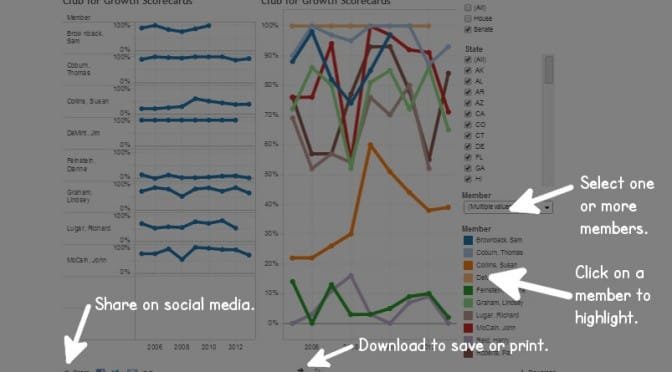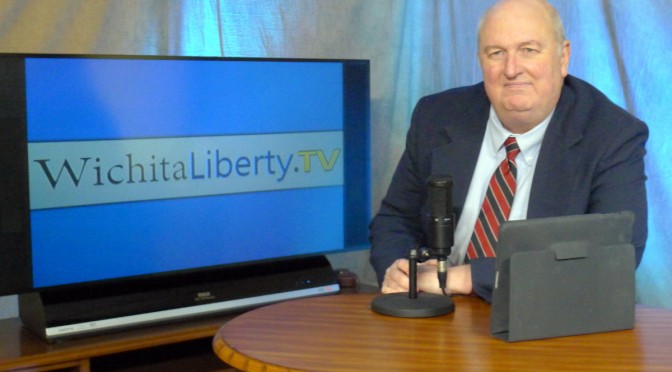Tag: Featured
-

Kansas values, applied to schools
A Kansas public policy advocacy group makes an emotional pitch to petition signers, but signers should first be aware of actual facts.
-

Kansas not good on spending visibility
The results are in, and the news isn’t good: Kansas continues to plummet in state spending transparency rankings, and it barely squeaked by with a grade of D-minus, according to a report by the U.S. Public Interest Research Group.
-

Kansas Policy Institute at work
A recap of what Kansas Policy institute has done the past few years leaves me to wonder how anyone who cares about Kansas schoolchildren could be opposed to the work KPI has done.
-

Cronyism is welfare for rich and powerful, writes Charles G. Koch
The central belief and fatal conceit of the current administration is that you are incapable of running your own life, but those in power are capable of running it for you. This is the essence of big government and collectivism, writes Charles G. Koch.
-

Club for Growth scorecards
I’ve gathered Congressional scorecards from Club for Growth for all years available and present them in an interactive visualization.
-

Gosnell, the movie
Seeking to tell the story of the Kermit Gosnell, most prolific serial killer in American history, filmmakers Ann McElhinney, Phelim McAleer, and Magdalena Segieda ask for your help.
-

In Kansas, base state aid is only a small part of spending
Considering only base state aid per pupil leads to an incomplete understanding of school spending in Kansas. The Gannon school finance decision reinforces this.
-

After Gannon, will Kansas public school spending boosters still love courts and constitutions?
Will Kansas Progressives’ expressed love for courts and constitutions hold up in light of the school finance decision?
-

WichitaLiberty.TV: Kansas school finance lawsuit, problems solved?
The Kansas Supreme Court handed down its ruling in Gannon v. Kansas, the school finance lawsuit. What did the court say, and did it address the real and important issues with Kansas schools?